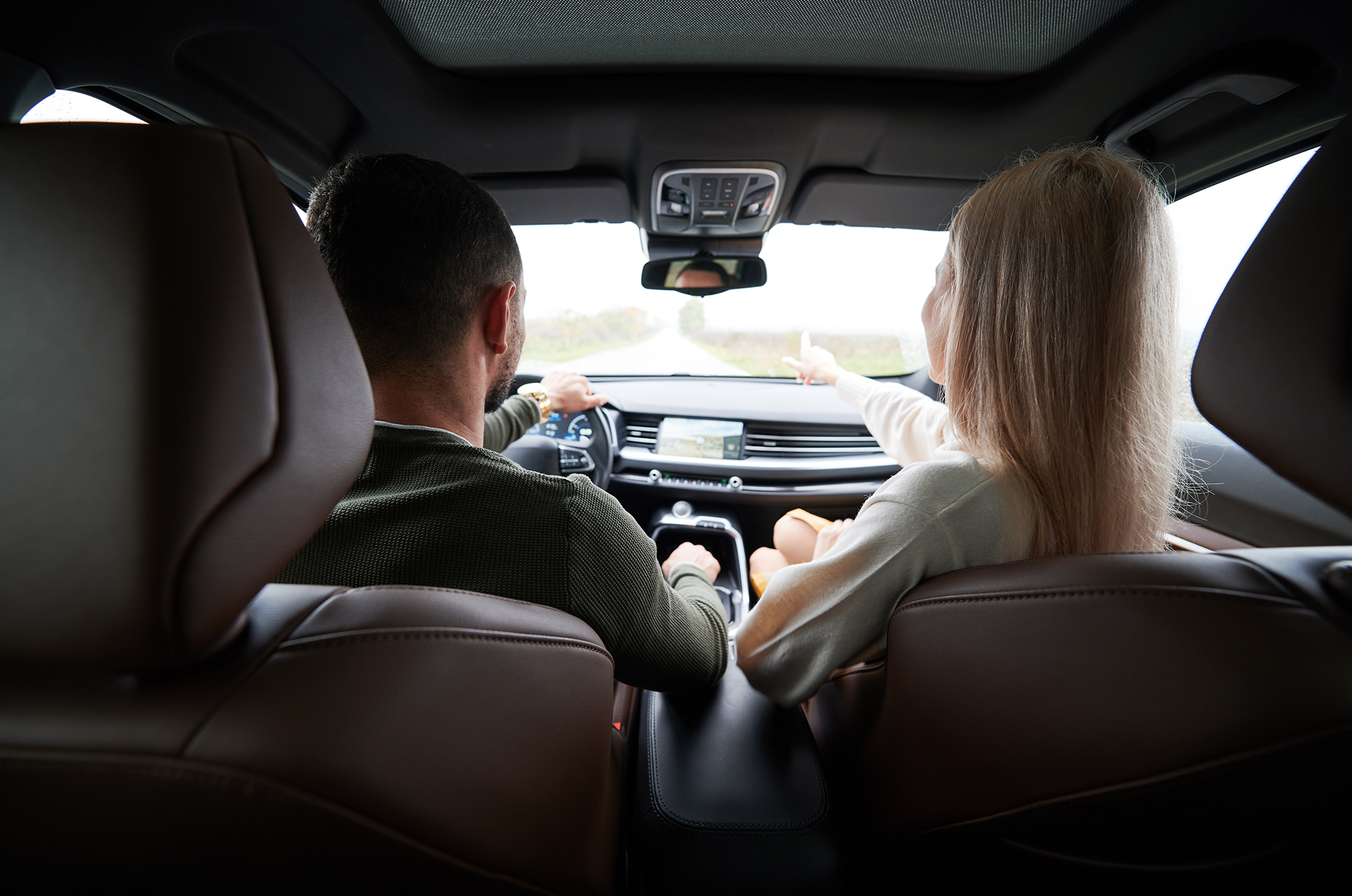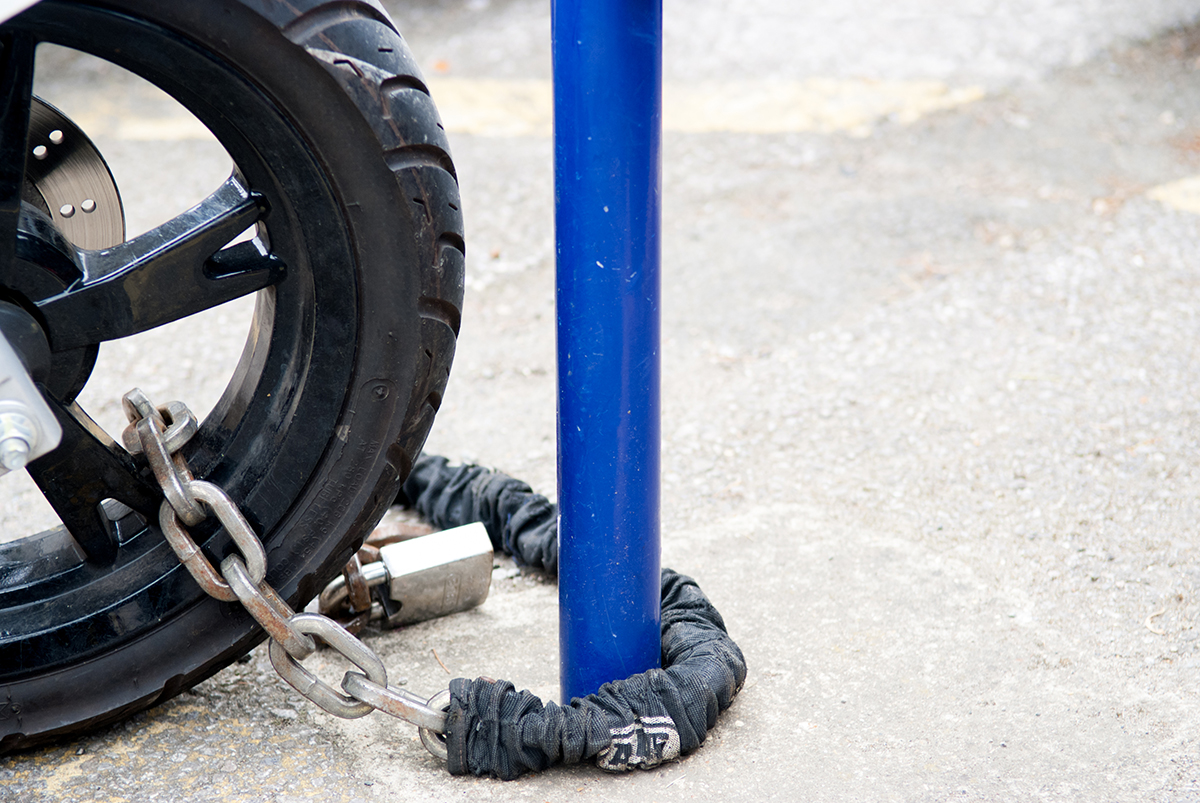More than simply going the speed limit, defensive driving is a safety-first approach that emphasizes roadway awareness to reduce risk & stress
June is recognized as National Safety Month, a time to highlight best practices for safety in the workplace, on the road, and in other everyday situations.
This week, we’ll be talking about roadway safety and how to minimize your risk behind the wheel using a technique called defensive driving.
According to the Centers for Disease Control, motor vehicle accidents are one of the leading causes of death among Americans aged 1-44. But with the risk-reducing strategies below, you can amplify your awareness on the road, avoid traffic violations, and develop safer driving habits to protect yourself, your loved ones, and your fellow drivers.
What is Defensive Driving?
Before we get into the nitty-gritty details, let’s talk a little bit about what defensive driving is.
From the name, you might assume it simply involves following the basic rules of the road—obeying the speed limit, reserving the left lane for passing, etc.—and it does. But there’s much more to it than that.
As you’ll discover in a moment, it’s about doing everything you can to safely interact with and adapt to the ever-changing conditions on the road. This includes limiting your distractions, staying aware of other drivers so you can react to any mistakes they might make, and more.
How to Drive Defensively
These key defensive driving techniques will not only help you become a more well-rounded driver, but also improve your ability to predict and manage potential hazards on the road.
Follow the Rules of the Road
First and foremost, to build a solid defensive driving foundation, you’ll need to follow the rules of the road. Traffic laws, traffic signals, signs, road markings, right of way—these are all essential cornerstones of roadway safety to build upon when developing the following driving habits.
Communicate With Fellow Drivers
Use the tools available to you to ensure nearby drivers are aware of your intentions and presence:
- Always use your turn signals to signify where you’re going
- Give your horn a quick press to notify an unaware driver switching into your lane
- Make sure to turn on your headlights when visibility is low
- Turn on your hazards if you’re having car trouble
Minimize Distractions, Maximize Focus
The fewer distractions you have to contend with, the more you can place your focus on what’s going on around you.
Limit or, preferably, avoid activities like phone use, eating, grooming, looking/reaching for things in your car—any kind of multitasking while driving. Do things like adjusting your mirrors, A/C, navigation, and music before you start driving.
The key is to keep your eyes and mind on the road as long as possible while driving to maximize your awareness. And if you’re feeling emotionally overwhelmed, stressed, or tired, pull off and take a break or, if possible, ask a passenger to drive for you.
Keep a Safe Following Distance With This Handy Trick
The three-second rule is a simple and easy way to stay a safe distance away from the car in front of you. Here’s how it works:
- Choose a landmark or road sign ahead of you
- Once the driver in front of you reaches it, start counting up to three
- If you reach it by the count of three, you’re driving at a safe distance. If you reach it sooner than three, slow down and choose a new sign or landmark to do the test again
When driving through heavy rain, snow, or other poor weather conditions, bump up the distance by two or three more seconds.
Pay Attention to Your Surroundings
Keep your head on a swivel, scanning the road and surrounding area to anticipate potential collisions or road hazards. Check your mirrors regularly to be aware of any nearby vehicles, especially those in your blindspots.
This defensive driving tenet is especially important at night or when visibility is low. Whenever possible, turn on your brights during long, dark stretches of road to watch for road hazards and animals. And be sure to use the strategy below to lower the risk of accidents in these conditions.
Change Your Speed Accordingly
Sometimes, slowing down is the safer option, like during bad weather or heavy traffic. Other times, the best thing to do is go with the flow of traffic, which may mean you have to press on the gas.
As long as you can maintain proper control of your vehicle, do your best to adjust your speed to match the current situation on the road.
Expect the Unexpected
Especially on the highway, when you’re traveling upwards of seventy miles per hour, things can go wrong in the blink of an eye. That’s why it’s crucial to stay present and keep your mind on your surroundings.
Wild animals can run out into the road. The driver in front of you can slam on their brakes. A semi-truck can merge into your lane without noticing you.
Constantly being aware that these things can happen at any moment is what it means to be a defensive driver.
Always keep an eye on what the drivers around you are doing. Take note of potential mistakes they can make so you can respond quickly and appropriately if they happen. And don’t rely on them to do the right thing, like giving you room to merge, using their turn signals, or stopping at red lights.
Concerning that last point, make it a rule to look both ways when the light turns green, because you never know if a reckless driver will run the red and come speeding through the intersection.
Benefits of Defensive Driving
Defensive driving isn’t just about protecting yourself. It makes the road a safer place to drive for everyone. And it comes with a few additional perks as well.
The safer you drive, the less likely you are to get a ticket or get into an accident. And the higher level of awareness and control over your driving experience will help reduce the anxiety of navigating the roadways.
So, try these techniques, enjoy the enhanced peace of mind they bring, and be safe out there!





